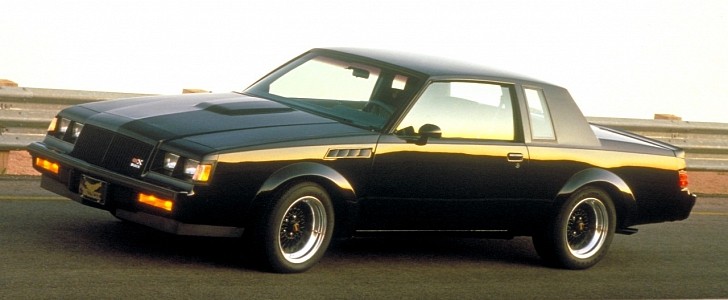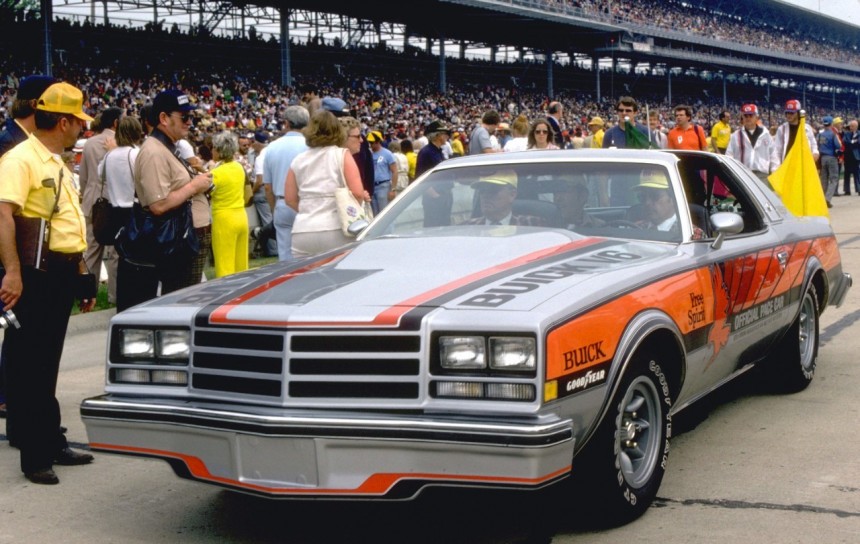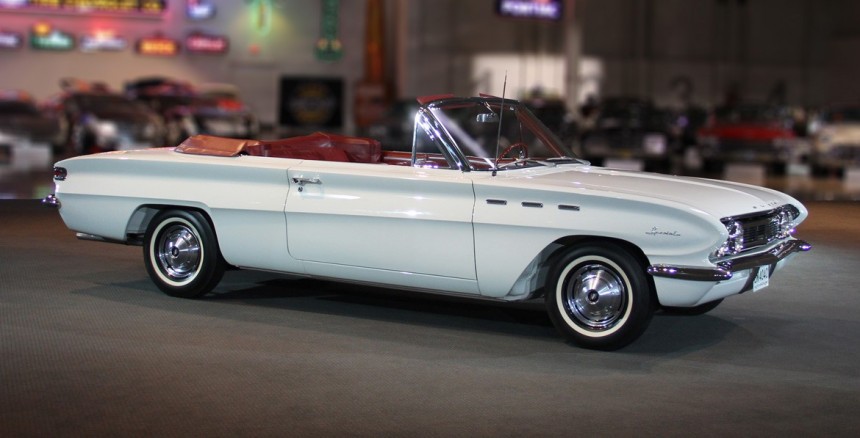After reviewing the successes of Chevrolet’s 1955 small block V8, Buick introduced an all-aluminum V8 in 1961. This engine would go on to become the Rover V8, powering everything from TVRs to tractors. But by removing the front pair of cylinders, it offered chunky torque and surprisingly good fuel economy.
Retaining the 90-degree firing order made her a little unbalanced, so cast iron was used as the foundation of America’s first V6 passenger car, the 1962 Buick Special. Road & Track even said it “sounds and performs exactly like the aluminum V8 in most respects.” Mickey Thompson even used it as a basis for his ‘62 Indy 500 efforts, with a young Dan Gurney at the wheel.
Growing from 3.2 to 3.7L, the 225ci caught the attention of Oldsmobile who borrowed it for the Cutlass and F-85 lineup in 1965, and this led to Jeep inquiring about replacing their tired 4-cylinder. After naming it the “Dauntless” V6, Jeep used them to power the CJ starting the same year.
As the muscle car wars heated up, Buick didn’t see a need for it anymore, so the engine’s assembly line and the tooling was sold to Kaiser-Jeep in 1967. What could’ve been a footnote in automotive history became relevant again after the oil crises of the early 70’s.
By 1973 they realized the days of big V8s were numbered, so a group of Buick engineers rebuilt a tired example after rummaging through local junkyards. After dropping it into a new ‘74 Apollo, they realized it could be a viable alternative to Chevrolet’s heavy straight-six or their weak inline-four. Jeep (now owned by AMC) had discontinued it after developing a new six in ‘72, so they had no interest in starting production again.
In a strange twist of fate, Jeep had held on to the tooling and its production line, so GM wrote a check and dispatched a fleet of trucks to Toledo. The original equipment was put back into the same spots it once lived in with the only update being a 97mm cylinder bore to match the pistons of the Buick and Olds V8. By the end of 1975 they had produced 78,349 examples of the 3.8. Buick was GM’s most fuel-efficient division, so it was time to celebrate. The 1976 Indy Pace Car was the first V6 to do so, and it used a turbo to offer 306 horsepower. It proved so potent that Parnelli Jones raced it up Pike’s Peak the same year.
Realizing the potential, they gave it a split-pin crank to balance the firing order and ‘78 saw the 3.8 Turbo introduced on the Regal. Gaining refinement each year, 1984 saw sequential fuel injection along with Buick entering the Indy Racing League the following year.
A third of the field would be Buick-powered by ‘92, echoing the same sentiments of reliability their customers experienced on the street. The RWD Grand Nationals and T-Types are among the most collectible examples of 80’s power, which culminated in the 1987 GNX. It embarrassed the Corvette thanks to 267 horsepower and 360 lb-ft (488 Nm), running low 13-second quarter-mile times before production ended at only 547 cars.
After a host of updates, the new 3800 V6 arrived in ‘88 to form the basis for GM’s FWD lineup, and we’ll cover its next two decades down the road. The original 3.8 had one last hurrah in 1989, allowing the 20th Anniversary Trans-Am to pace the Indy 500.
This time, the turbo 3.8 made so much power it was the first pace car to not need engine mods to keep up with the competitors. Pontiac blessed it with a T3 Turbo, tubular exhaust headers, and Camaro’s 1LE road racing suspension. Only 1,555 cars were offered, cementing the legacy of Buick’s venerable V6 as being able to do whatever is asked of it.
Growing from 3.2 to 3.7L, the 225ci caught the attention of Oldsmobile who borrowed it for the Cutlass and F-85 lineup in 1965, and this led to Jeep inquiring about replacing their tired 4-cylinder. After naming it the “Dauntless” V6, Jeep used them to power the CJ starting the same year.
As the muscle car wars heated up, Buick didn’t see a need for it anymore, so the engine’s assembly line and the tooling was sold to Kaiser-Jeep in 1967. What could’ve been a footnote in automotive history became relevant again after the oil crises of the early 70’s.
In a strange twist of fate, Jeep had held on to the tooling and its production line, so GM wrote a check and dispatched a fleet of trucks to Toledo. The original equipment was put back into the same spots it once lived in with the only update being a 97mm cylinder bore to match the pistons of the Buick and Olds V8. By the end of 1975 they had produced 78,349 examples of the 3.8. Buick was GM’s most fuel-efficient division, so it was time to celebrate. The 1976 Indy Pace Car was the first V6 to do so, and it used a turbo to offer 306 horsepower. It proved so potent that Parnelli Jones raced it up Pike’s Peak the same year.
Realizing the potential, they gave it a split-pin crank to balance the firing order and ‘78 saw the 3.8 Turbo introduced on the Regal. Gaining refinement each year, 1984 saw sequential fuel injection along with Buick entering the Indy Racing League the following year.
After a host of updates, the new 3800 V6 arrived in ‘88 to form the basis for GM’s FWD lineup, and we’ll cover its next two decades down the road. The original 3.8 had one last hurrah in 1989, allowing the 20th Anniversary Trans-Am to pace the Indy 500.
This time, the turbo 3.8 made so much power it was the first pace car to not need engine mods to keep up with the competitors. Pontiac blessed it with a T3 Turbo, tubular exhaust headers, and Camaro’s 1LE road racing suspension. Only 1,555 cars were offered, cementing the legacy of Buick’s venerable V6 as being able to do whatever is asked of it.









